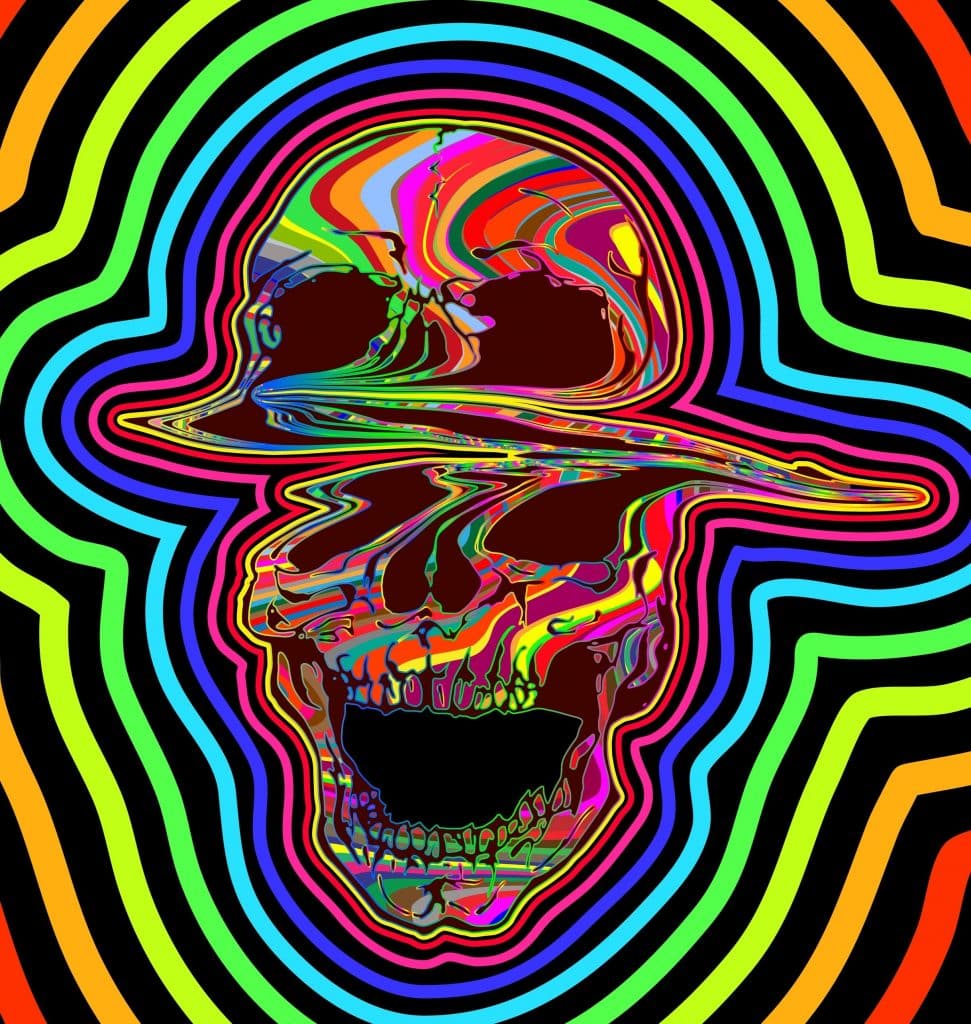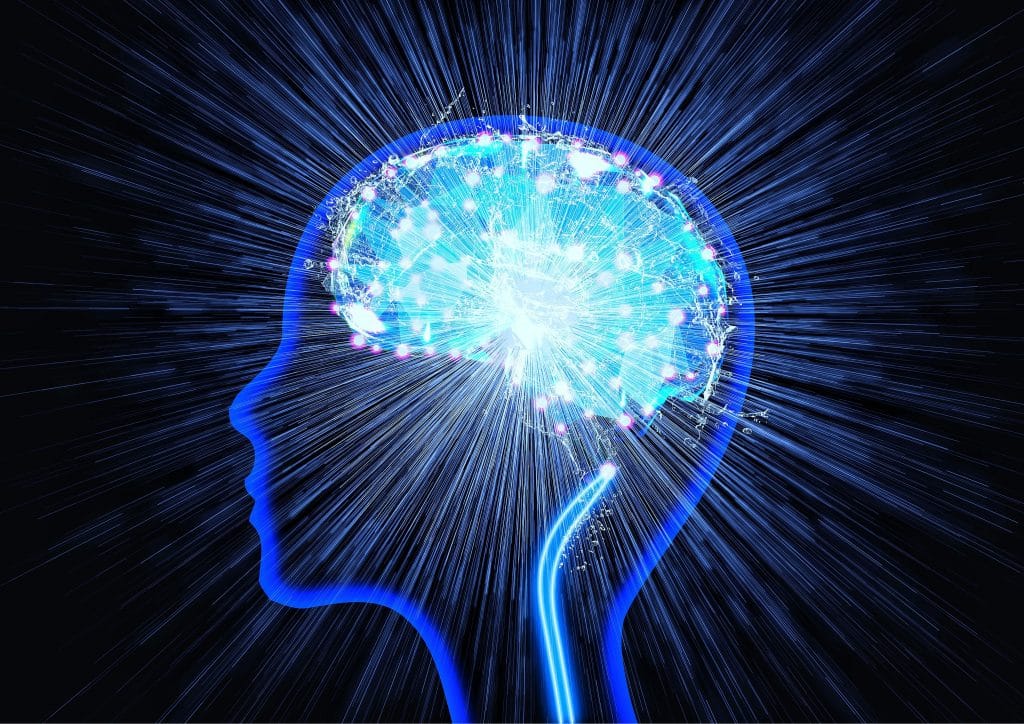Psychedelics are gaining speed, and with them come the idea of the bad trip, a negative experience characterized by different symptoms. While a lot is said about bad trips, why they happen is not well defined; though perhaps the reason behind them is more obvious than expected. Read on for an explanation of why bad trips happen, and the best way to avoid them.
What causes a bad trip? Funny how there’s no real answer out there, and yet, it’s so much more obvious than most think. This independent news publication specializes in cannabis and psychedelics reporting, for which we provide the Cannadelics Weekly Newsletter for daily updates. Sign up and also get access to a load of deals on all kinds of cannabis and psychedelic products, including vapes, edibles, and cannabinoid compounds like the growing-in-popularity Delta 8 & HHC. Check out our ‘best of’ lists for more information, and only make purchases for products you are comfortable with.
Psychedelic trips
Psychedelics are a class of hallucinogens which all have the commonality of being serotonergic, meaning they have an effect on serotonin receptors. This is different from drugs like ketamine and DXM, which are dopaminergic, and fit under the classing of dissociative hallucinogens. The other major category of hallucinogens are anticholinergic drugs, exerting their main force on the neurotransmitter acetylcholine. This grouping is less well known than the other two, but does include drugs like scopolamine, the compound used in places like Colombia to rob tourists by taking away their ability to rationally think and argue.
There are other kinds of hallucinogens out there as well. Amanita muscaria mushrooms, for example, are considered ‘poisonous’ mushrooms, and not ‘psychedelic’ mushrooms, but this is mainly semantics, as these mushrooms also cause hallucinations. Their main mode of action is on GABA receptors, however, not serotonin. Then there are compounds like salvia and kratom, that exert their abilities on opioid receptors.
Different types of hallucinogens create different experiences, sometimes with crossover between the different types. Psychedelics are known for causing very extreme hallucinations that can effect all senses. A person on LSD, psilocybin, DMT, or MDMA might hear, see, feel, taste, or smell something that isn’t there at all. These drugs are also associated with producing feelings of euphoria and well-being, and of promoting connectedness between individuals and between individuals and the world at large. They’re known for altering perceptions, bringing on spiritual encounters, and for causing life changing experiences.

Many drugs come with the stipulation that taking too much can overload the system, and cause sickness. This is true of psychedelics too, and it shouldn’t come as a surprise when someone who overdoes it, has a bad experience. But there’s something else about psychedelics that implies another major reason for a bad trip, and it’s something more related to psychedelics, than other classes of hallucinogens.
What’s a bad trip?
If a good trip is a positive hallucinogenic experience, then a bad trip is a negative hallucinogenic experience. Bad trips often involve negative, or even scary hallucinations, which can leave users feeling very shaken up and afraid. A bad trip is akin to being stuck in a bad dream.
Bad trips come with other physical symptoms, though each person who experiences one, will experience it in their own way (much like with the positive effects of the drugs). These other symptoms can include feeling nauseous, an increased heart rate, shakiness, vomiting, chills, and dry mouth. Basically, it sounds like a super not good time, and its certainly not what people who take psychedelics are going for.
The cause of bad trips isn’t explained well anywhere, though when you put two and two together, its actually pretty obvious. There are plenty of popular ideas in terms of how to avoid them, like making sure to be around the right people, in the right location, or the before-mentioned issue of not taking too much. But all of these miss the greater general point, and none explain why the user is having the experience in the first place. Everything I’m going to say next is my understanding of the topic, as I’ve found nothing written on this subject. However, the explanation I’m about to give is possibly one of the better explanations put out there for why a person experiences a bad trip.
What causes a bad trip?
Though different classes of hallucinogens create different sick experiences, the idea of the ‘bad trip’ is related most to psychedelic hallucinogens, and includes a generally not good experience. Before going further, I do want to clarify that however bad a trip is, psychedelics are not associated with death. So though a person might feel like their life is over, the feeling will pass, and the person will return to their normal state.
What causes these sick feelings in a user? Well, the first thing to consider, is that all the symptoms are related to anxiety. A negative hallucination that causes fear, is based in anxiety, which creates an anxious experience. Instead of a relaxed mind-expanding trip, the person experiences a stressed-out and scary trip.

The other symptoms are all anxiety-related as well, including direct feelings of anxiety and fear. Think of the symptoms… increased heart rate, shakiness, dry mouth, nausea, vomiting, chills, and sweating. What are the symptoms of a panic or anxiety attack? According to WedMD, they’re “Overwhelming fear (of losing control or going crazy), palpitations, sweating, trembling, shortness of breath, sense of choking, chest pain, nausea, dizziness, a feeling of being detached from the world (de-realization), fear of dying, numbness or tingling in the limbs or entire body, chills or hot flushes.” Sound similar…or like, almost exactly the same? It should.
Panic and anxiety attacks are “intense periods of fear or feelings of doom developing over a very short time frame — up to 10 minutes — and associated with at least four” of the previously mentioned symptoms. Though some publications like to give them slightly different definitions in how they come on, they’re essentially two terms meant to describe the same thing. And the thing they describe, sounds like a bad trip sans the negative hallucinations, which themselves would be a product of said anxiety.
What causes the anxiety of a bad trip?
If a bad trip is an anxious reaction to psychedelic drugs, why would some people get this reaction, while others don’t? And why is it possible for one person to have a bad trip sometimes, but not all the time? The answer here lies in what causes the anxiety that underlies a bad trip. This too, is way more simple than most people think.
Psychedelics are serotonergic. Increased serotonin levels lead to increased heart rate, and are generally associated with increased anxiety. In fact, some people put on SSRI medications that increase serotonin levels, often have issues with anxiety until they acclimate, or must stop taking them. Other research points to high cortisol levels (the main stress hormones) allowing for “a substantial increase in serotonin uptake both in vitro, by human peripheral blood lymphocytes (PBLs) and cortical neuronal cells, and in vivo, by rabbit PBLs, owing to promotion of synthesis of the serotonin transporter.”
Why is that last part important? Because it implies that a person with elevated cortisol levels (higher anxiety), might have increased ability for serotonin uptake, along with the stimulant effects that come with it. That’s the thing about psychedelics, they are stimulants. Maybe not stimulants like cocaine or methamphetamine that most associate with the word ‘stimulants’, but stimulants nonetheless in that they increase physiological or nervous activity levels in the body. That’s why when a person takes LSD, MDMA, or mushrooms, they’re kept up for many hours, and unable to sleep until the drug has worn off. That’s a stimulant effect. Is everyone uniformly okay with stimulants? Of course not!
Anxiety is a side effect of stimulants, which means stimulants can increase anxiety levels. All that advice about being around the right people and in the right place, are correct in that these are actions that can limit the amount of anxiety a person has before taking a drug with stimulant effects. This likely does help some situations. However, the bigger reality is that if the drug itself can cause a stimulant reaction, it might not matter what state a person is in when they take the drug, as the drug will change their state, by implementing a stimulant effect.

The takeaway…
When it comes to what causes a bad trip, it could be as simple as the stimulant effect. This idea of the response to the stimulant action indicates why some people are more prone to negative experiences with psychedelics (and tend to avoid them or fear them), while others have mainly good experiences. Some people will never do cocaine because they know they’ll respond badly to the stimulant effect. And while this principle is understood with cocaine, its often passed over with psychedelics, even though the issue is the same.
It also explains why doing too much of a psychedelic can lead to a bad trip. Think of what happens to even the most seasoned cocaine user when too much is done. They can still go wild, or have a heart attack; even if at normal intake levels they’re not the kind of person to have a problem. Essentially, taking too much for a non-sensitive person, is kind of the same as taking normal amounts for someone sensitive to the effects.
If you have an anxiety issue, psychedelics might not be the hallucinogens for you. This doesn’t go for everyone with anxiety, but it is something to consider if you’re a person with an anxiety issue and a sensitivity to stimulants. Luckily, there are tons of other hallucinogens that can help expand your mind, and provide medical benefits, without that stimulant effect. So, if you’ve found that psychedelics don’t work for you, fear not, there’s plenty in the world of hallucinogens that may still be up your alley.
Also, as a useful little addendum, there is a way to get out of a bad trip if you’re having one: benzodiazepines. This is likely because they work on GABA – the neurotransmitter of relaxation, which indicates the possibility that other drugs that work on GABA might also provide this ability, including the natural version, valerian. While pushing harder drugs is not my thing, neither is having a bad trip. If you happen to have access to these drugs when experiencing a bad trip, they can certainly take your awful experience, and neutralize it quickly.
Conclusion
When it comes to what actually causes a bad trip, not much is written that connects the stimulant effect with the subsequent anxiety reaction. Why? Hard to say. Let’s remember that these drugs have been illegal for all purposes for many decades, which means what they are and how they work, is only getting flushed out now. I expect in the future there will be more written on this connection; with far better elucidation into the relationship between the two.
Welcome readers! Thanks for joining us at Cannadelics.com, a go-to internet platform for comprehensive coverage of the expanding cannabis and psychedelics industries. Read-thru the site whenever possible to keep updated on important happenings, and head over to the Cannadelics Weekly Newsletter, so you’re always aware of what’s going on.







